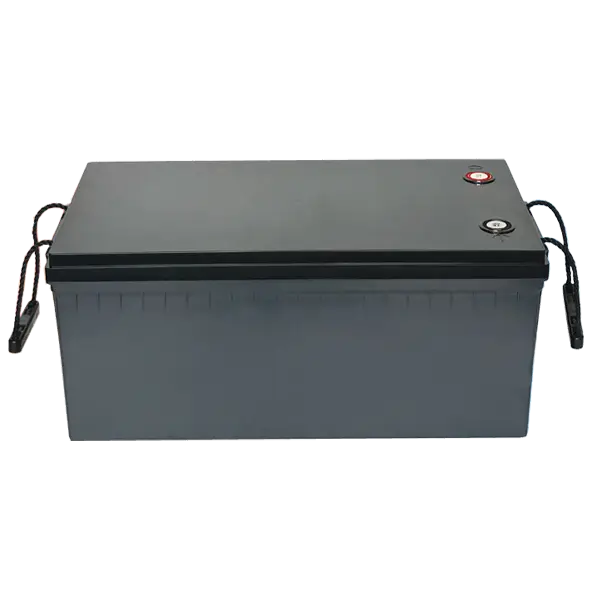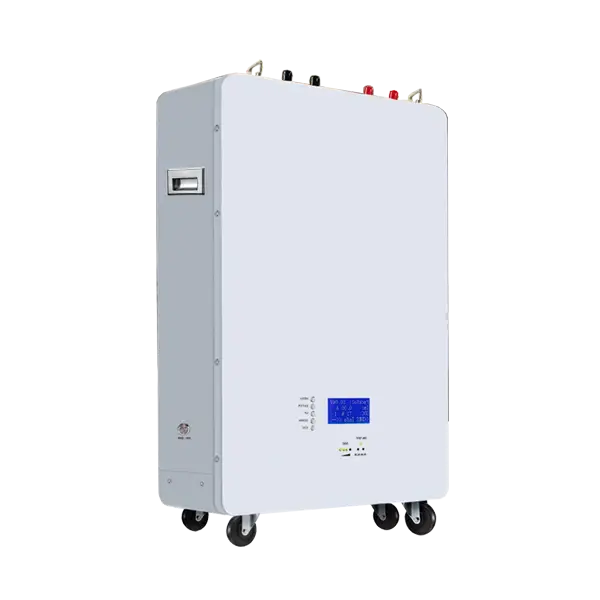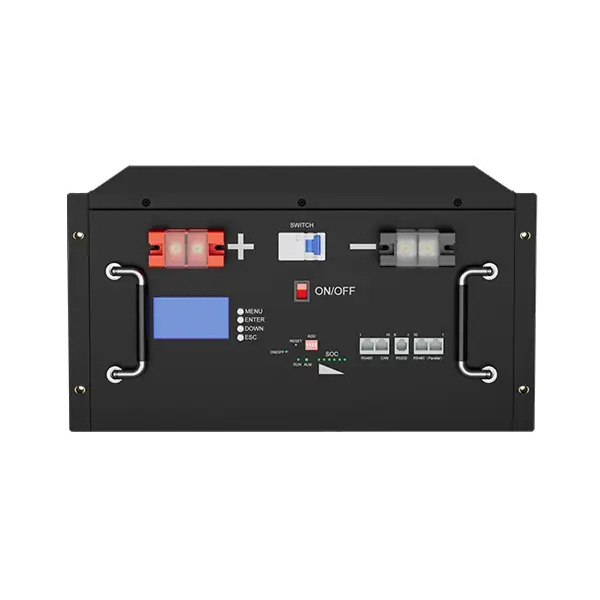The modern electrical setup has increasingly relied on ESS batteries, which are now even starting to enter the residential sector. As renewable energy sources like solar and wind become more common, the need to store and manage energy efficiently has grown. What is an ESS battery? This article aims to provide a comprehensive overview of ESS batteries.
What is an ESS Battery?
ESS battery is an advanced setup that combines battery technology with power grid connections. It stores and regulates electrical energy. This system is crucial for capturing energy generated by various sources. These include renewable energy from wind turbines and solar panels. ESS ensures a consistent and reliable electricity supply. It maintains this supply even when production fluctuates.
Core Components of ESS Batteries

An ESS battery combines several critical components that function to store and convert energy. These elements consist of:
- Battery cells are the primary component of an ESS. They are responsible for storing electrical energy. Modern ESS batteries use advanced chemistries, like lithium-ion or solid-state batteries. These technologies offer enhanced safety. They also provide a long cycle life and high energy density.
- The Battery Management System (BMS) is an advanced control mechanism. It regulates the operations of battery cells. The BMS ensures the battery operates by monitoring its temperature. It also balances charge levels and prevents overcharging. Additionally, it protects the battery from profound depletion.
- The inverter is a crucial part of an ESS battery. It converts stored direct (DC) energy into alternating (AC). Most electrical devices, businesses, and homes use AC power. This conversion is essential for their operation.
How do ESS Batteries Store and Release Energy?
Charging, storage, and discharging comprise the three primary phases of an ESS battery’s operation.
Phase of Charging
Battery cells store DC electricity from renewable sources during recharging. The system can also draw power from the grid during off-peak hours. This allows it to store energy for future use when electricity rates are lower.
Phase of Storage
The battery holds the stored energy until needed. The BMS monitors the battery’s condition to ensure optimal storage. The duration of this phase can vary. It depends on the user’s energy consumption patterns and the system’s scale.
Phase of Discharge
The inverter converts stored DC into AC during the discharging phase. This AC electricity can then power household appliances and industrial equipment. It can also be transmitted back into the grid. Power outages or peak demand periods can trigger the automatic discharging process. This provides a reliable secondary power source.
Types of Energy Storage System Batteries
Although they may be the most well-known, not all ESS are battery-focused. There are numerous varieties of battery energy storage systems that serve distinct purposes:
1. Lead-Acid Batteries: The Time-Tested Workhorse
Lead-acid batteries have been essential for energy storage for over a century. They are used in both stationary and mobile applications. Their cost-effectiveness and reliability make them a popular choice. When budget constraints are a priority, they are often preferred due to their low cost.
However, lead-acid batteries have some limitations. They have a shorter lifespan and lower energy density compared to newer technologies. Despite these drawbacks, they are ideal for applications where reliability is crucial. Examples include backup power systems and uninterruptible power supplies (UPS).
Today, the most common types of lead-acid batteries are sealed and flooded lead-acid batteries. Sealed versions include AGM and Gel batteries.
2. Lithium-Ion Batteries: High Energy Density and Efficiency
Lithium-ion batteries are now the preferred technology for modern energy storage. They are known for their exceptional efficiency and high energy density. These batteries are widely used in electric vehicles (EVs) and residential solar energy storage systems. Their high energy density allows them to store more energy in a smaller space. This feature makes them ideal for applications where space and weight are concerns.
Lithium-ion batteries have a longer lifespan and charge more than lead-acid batteries. Their charge and discharge processes are more efficient, reducing energy loss. This makes them highly desirable for residential and commercial energy storage systems. They are vital in renewable energy applications.
3. Flow Batteries: Durability and Scalability
Flow batteries are a unique type of ess batteries. They are ideal for large-scale, long-duration energy storage. Unlike conventional batteries, flow batteries store energy in liquid electrolytes in external containers. This design offers unmatched durability and scalability.
One of the main benefits of flow batteries is their consistent energy output over long periods. They have a much longer cycle life compared to most other batteries. This makes them perfect for grid-scale energy storage applications. These applications must store and discharge large amounts of energy over extended periods.
Common types of flow batteries include vanadium redox and zinc-bromine batteries. These are known for their excellent performance in large-scale applications.
Benefits of ESS Batteries

Enhanced Reliability:
ESS ensures a continual electricity supply. It provides reserve power during disruptions and promotes grid stability.
Energy Cost Efficiency:
Users can decrease their energy expenses by conserving energy during low-cost periods. However, it can be utilized during prime times.
Integration of Renewable Energy:
ESS enables the integration of renewable energy sources. It stores excess energy and discharges it during periods of low production.
Reduced Environmental Impact:
ESS reduces greenhouse gas emissions. It promotes renewable energy sources and optimizes energy consumption.
Applications of ESS Batteries
Energy Storage System batteries are used in various sectors. These include:
-
Grid stabilization
The ESS battery is vital for stabilizing the electrical grid. It regulates energy supply and demand, storing excess energy during low demand and releasing it during peak time. It also ensures a consistent and reliable power supply for consumers.
-
Emergency power supply
ESS provides a reliable backup power source during grid outages or emergencies. It enhances energy resiliency and reliability. This ensures an uninterrupted power supply to critical facilities like data centers and homes.
-
Residential energy storage

Residential ESS stores excess solar energy, reducing reliance on the grid. This makes them a valuable investment for homeowners.
-
Renewable energy integration
How to Choose the Right ESS Battery for Your Needs?
When picking the best ESS battery, consider the size of your workforce and how easy it is to use. Also, check how well-known the customer service is.

Workforce Size and Locations:
The ESS should be scalable to meet your organization’s size and geographic needs. It also ensures that it can support your workforce’s energy requirements.
User-Friendliness:
Choose an ESS that is user-friendly and easy to navigate. Moreover, consider your employees’ technical expertise. This ensures optimal functionality and maximizes the system’s benefits.
Reputation of Customer Service:
Research the reputation of ESS providers for their customer service and support. A responsive and reliable support team can address any concerns and assist.
Functionality:
Assess the ESS’s compatibility with your current systems. Also check the ability to meet your specific energy storage needs for optimal performance.
Instructional Documentation:
The wholesaler should provide detailed documentation and resources. It includes user guides to support system implementation and maintenance.
Conclusion
ESS batteries are crucial for a sustainable and resilient energy future. They help save costs and provide energy security. By storing and managing energy, they also increase the use of renewable resources. As technology advances, ESS batteries will play a more significant role in the energy sector. They offer a reliable and eco-friendly power source for future generations. Investing in an ESS battery is a wise financial decision and a step toward a cleaner and more sustainable world.
